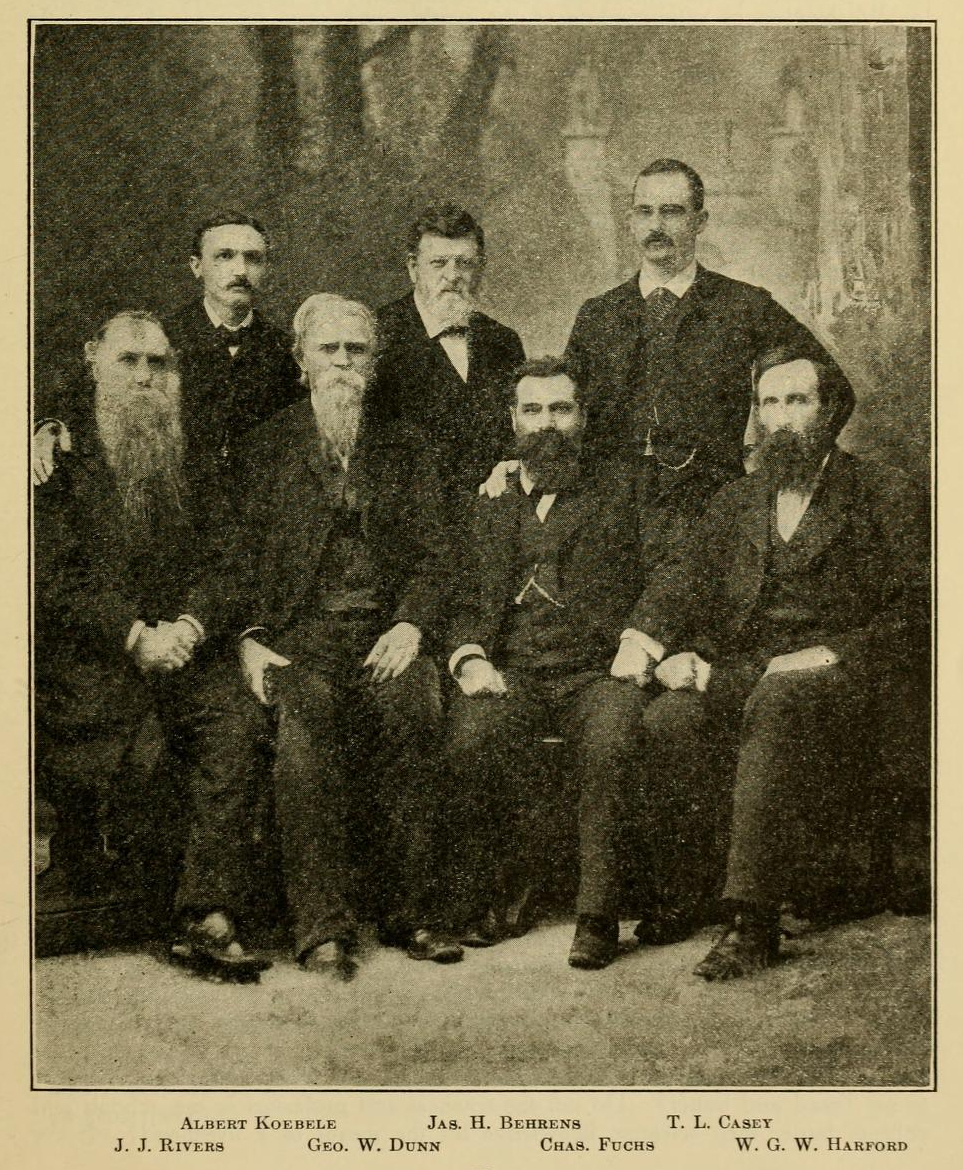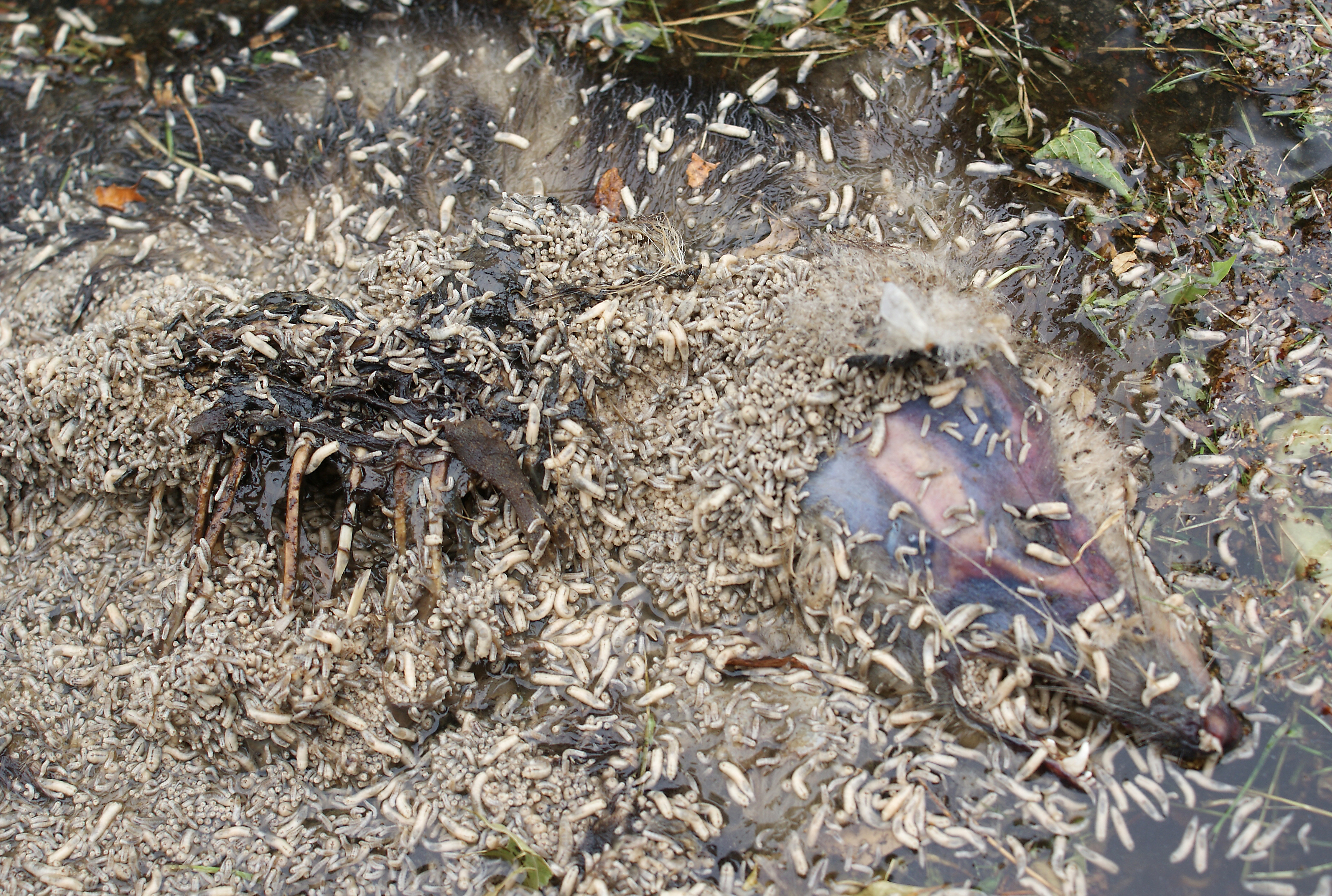|
Lespesia Archippivora
''Lespesia archippivora'' is a species of tachinid fly, which, like all tachinids, are parasitoids of other arthropods. ''L. archippivora'' lives in the body of its host resulting in its death. This is not uncommon since it is estimated that about 10% of all insects are parasitoids. ''L. archippivora'' is a generalist and able to infect at least 25 lepidopteran species in addition to one species of Hymenoptera. It is common in North America and other species exist worldwide. One study suggests the species is bivoltine. It is used as a biological control of a number of pests, such the army worm (''Mythimna unipuncta''), sugarcane leaf roller ('' Omiodes accepta''), corn earworm ('' Heliothis zea''), black cutworm (''Agrotis ipsilon''), and variegated cutworm (''Peridroma saucia''). It is a concern in the morbidity of monarch butterflies. Researchers do not all agree that a high census of ''L. archippivora'' may regulate the population or have an effect on the fall migration of e ... [...More Info...] [...Related Items...] OR: [Wikipedia] [Google] [Baidu] |
Charles Valentine Riley
Charles Valentine Riley (18 September 1843 – 14 September 1895) was a British-born American entomologist and artist. He was one of the first individuals to use biological pest control and authored over 2,400 publications. He convinced Congress to create the United States Entomological Commission and was among the founders of the American Association of Economic Entomologists. Early life The son of a Church of England minister, Charles Valentine Riley was born on 19 September 1843 in London's Chelsea district. When he was around eleven his parents, the Rev. Charles and Mary (née Valentine) Riley, chose to further his education in Europe. There he excelled at art and natural history attending private schools in Dieppe, France and later Bonn, Germany. After the death of his father he was brought home to Britain to enroll in a public school there. Sometime later his mother remarried which may have played a part in his decision, taken at the age of seventeen, to cross the ... [...More Info...] [...Related Items...] OR: [Wikipedia] [Google] [Baidu] |
Albert Koebele
Albert Koebele (28 February 1853 - 28 December 1924) was an economic entomologist and a pioneer in the use of biological controls to manage insect pests. Early career Koebele was born in Waldkirch, Germany, in 1853. There are no details about his early life but in 1873 he immigrated to the United States, settled in New York, and became a naturalized citizen in 1880. By this time he was a member of the Brooklyn Entomological Society and had demonstrated great skill at preserving and mounting insects. Charles Valentine Riley, the noted federal entomologist, was impressed by these skills and offered Koebele a job at the U.S. Department of Agriculture. Koebele promptly accepted the offer and moved to Washington, D.C. in 1881.Mallis, 1971 Riley sent his new employee to the South in 1882 to study the cotton worm, the larva of a moth ('' Alabama argillacea'') that originated in South America but had become a serious pest for cotton growers in the United States. The following year Koeb ... [...More Info...] [...Related Items...] OR: [Wikipedia] [Google] [Baidu] |
Canada
Canada is a country in North America. Its Provinces and territories of Canada, ten provinces and three territories extend from the Atlantic Ocean to the Pacific Ocean and northward into the Arctic Ocean, making it the world's List of countries and dependencies by area, second-largest country by total area, with the List of countries by length of coastline, world's longest coastline. Its Canada–United States border, border with the United States is the world's longest international land border. The country is characterized by a wide range of both Temperature in Canada, meteorologic and Geography of Canada, geological regions. With Population of Canada, a population of over 41million people, it has widely varying population densities, with the majority residing in List of the largest population centres in Canada, urban areas and large areas of the country being sparsely populated. Canada's capital is Ottawa and List of census metropolitan areas and agglomerations in Canada, ... [...More Info...] [...Related Items...] OR: [Wikipedia] [Google] [Baidu] |
Spiracle (arthropods)
A spiracle or stigma is the opening in the exoskeletons of insects, myriapods, velvet worms and many arachnids to allow air to enter the trachea. Insect respiratory system differs from vertebrates'. The circulatory system plays a relatively minor role in circulating oxygen and removing carbon dioxide; instead, trachea and air sacs in the insect body allow direct gas exchange, and these tracheal tubes eventually connect to the external environment via spiracles. In most species, the spiracles are controlled by motor neurons in the central nervous system. It can be opened and closed in an efficient manner to admit air while minimizing associated physiological costs, such as water loss during respiration. Many sensory stimuli can affect the control of spiracles in insects, e.g. chemosensory (carbon dioxide, oxygen, etc.) or mechanosensory (sound, touch, etc.). It has been shown that during metabolically intensive behaviors, such as flight, insects can dynamically modulate the spir ... [...More Info...] [...Related Items...] OR: [Wikipedia] [Google] [Baidu] |
Soil
Soil, also commonly referred to as earth, is a mixture of organic matter, minerals, gases, water, and organisms that together support the life of plants and soil organisms. Some scientific definitions distinguish dirt from ''soil'' by restricting the former term specifically to displaced soil. Soil consists of a solid collection of minerals and organic matter (the soil matrix), as well as a porous phase that holds gases (the soil atmosphere) and water (the soil solution). Accordingly, soil is a three- state system of solids, liquids, and gases. Soil is a product of several factors: the influence of climate, relief (elevation, orientation, and slope of terrain), organisms, and the soil's parent materials (original minerals) interacting over time. It continually undergoes development by way of numerous physical, chemical and biological processes, which include weathering with associated erosion. Given its complexity and strong internal connectedness, soil ecologists ... [...More Info...] [...Related Items...] OR: [Wikipedia] [Google] [Baidu] |
Instar
An instar (, from the Latin '' īnstar'' 'form, likeness') is a developmental stage of arthropods, such as insects, which occurs between each moult (''ecdysis'') until sexual maturity is reached. Arthropods must shed the exoskeleton in order to grow or assume a new form. Differences between instars can often be seen in altered body proportions, colors, patterns, changes in the number of body segments or head width. After shedding their exoskeleton (moulting), the juvenile arthropods continue in their life cycle until they either pupate or moult again. The instar period of growth is fixed; however, in some insects, like the salvinia stem-borer moth, the number of instars depends on early larval nutrition. Some arthropods can continue to moult after sexual maturity, but the stages between these subsequent moults are generally not called instars. For most insect species, an ''instar'' is the developmental stage of the larval forms of holometabolous (complete metamorphism) or ny ... [...More Info...] [...Related Items...] OR: [Wikipedia] [Google] [Baidu] |
Infection
An infection is the invasion of tissue (biology), tissues by pathogens, their multiplication, and the reaction of host (biology), host tissues to the infectious agent and the toxins they produce. An infectious disease, also known as a transmissible disease or communicable disease, is an Disease#Terminology, illness resulting from an infection. Infections can be caused by a wide range of pathogens, most prominently pathogenic bacteria, bacteria and viruses. Hosts can fight infections using their immune systems. Mammalian hosts react to infections with an Innate immune system, innate response, often involving inflammation, followed by an Adaptive immune system, adaptive response. Treatment for infections depends on the type of pathogen involved. Common medications include: * Antibiotics for bacterial infections. * Antivirals for viral infections. * Antifungals for fungal infections. * Antiprotozoals for protozoan infections. * Antihelminthics for infections caused by parasi ... [...More Info...] [...Related Items...] OR: [Wikipedia] [Google] [Baidu] |
Maggot
A maggot is the larva of a fly (order Diptera); it is applied in particular to the larvae of Brachycera flies, such as houseflies, cheese flies, hoverflies, and blowflies, rather than larvae of the Nematocera, such as mosquitoes and crane flies. Etymology "Maggot" is not a technical term and should not be taken as such; in many standard textbooks of entomology, it does not appear in the index at all. In many non-technical texts, the term is used for insect larvae in general. Other sources have coined their own definitions; for example: "The term applies to a grub when all trace of limbs has disappeared" and "Applied to the footless larvae of Diptera".Smith, John. BExplanation of terms used in entomology Brooklyn Entomological Society, 1906. Additionally, in ''Flies: The Natural History and Diversity of Diptera'', the author claims maggots "are larvae of higher Brachycera (Cyclorrhapha)." Maggot-like fly larvae are of significance in ecology and medicine; among other r ... [...More Info...] [...Related Items...] OR: [Wikipedia] [Google] [Baidu] |
Caterpillar
Caterpillars ( ) are the larval stage of members of the order Lepidoptera (the insect order comprising butterflies and moths). As with most common names, the application of the word is arbitrary, since the larvae of sawflies (suborder Symphyta) are commonly called caterpillars as well. Both lepidopteran and symphytan larvae have eruciform body shapes. Caterpillars of most species eat plant material ( often leaves), but not all; some (about 1%) eat insects, and some are even cannibalistic. Some feed on other animal products. For example, clothes moths feed on wool, and horn moths feed on the hooves and horns of dead ungulates. Caterpillars are typically voracious feeders and many of them are among the most serious of agricultural pests. In fact, many moth species are best known in their caterpillar stages because of the damage they cause to fruits and other agricultural produce, whereas the moths are obscure and do no direct harm. Conversely, various species of ca ... [...More Info...] [...Related Items...] OR: [Wikipedia] [Google] [Baidu] |
Oviposit
The ovipositor is a tube-like organ used by some animals, especially insects, for the laying of eggs. In insects, an ovipositor consists of a maximum of three pairs of appendages. The details and morphology of the ovipositor vary, but typically its form is adapted to functions such as preparing a place for the egg, transmitting the egg, and then placing it properly. For most insects, the organ is used merely to attach the egg to some surface, but for many parasitic species (primarily in wasps and other Hymenoptera), it is a piercing organ as well. Some ovipositors only retract partly when not in use, and the basal part that sticks out is known as the scape, or more specifically oviscape, the word ''scape'' deriving from the Latin word , meaning "stalk" or "shaft". In insects Grasshoppers use their ovipositors to force a burrow into the earth to receive the eggs. Cicadas pierce the wood of twigs with their ovipositors to insert the eggs. Sawflies slit the tissues of pla ... [...More Info...] [...Related Items...] OR: [Wikipedia] [Google] [Baidu] |
Host (biology)
In biology and medicine, a host is a larger organism that harbours a smaller organism; whether a parasite, parasitic, a mutualism (biology), mutualistic, or a commensalism, commensalist ''guest'' (symbiont). The guest is typically provided with nourishment and shelter. Examples include animals playing host to parasitic worms (e.g. nematodes), cell (biology), cells harbouring pathogenic (disease-causing) viruses, or a Fabaceae, bean plant hosting mutualistic (helpful) Rhizobia, nitrogen-fixing bacteria. More specifically in botany, a host plant supplies nutrient, food resources to micropredators, which have an evolutionarily stable strategy, evolutionarily stable relationship with their hosts similar to ectoparasitism. The host range is the collection of hosts that an organism can use as a partner. Symbiosis Symbiosis spans a wide variety of possible relationships between organisms, differing in their permanence and their effects on the two parties. If one of the partners in an ... [...More Info...] [...Related Items...] OR: [Wikipedia] [Google] [Baidu] |




